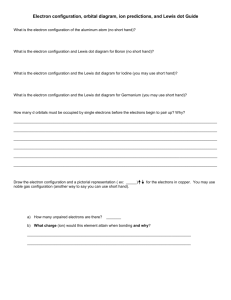

It is important to note that inorganic acids form more hydronium ions (H 3O +) at lower temperatures quite efficiently as compared to that of pure water using high temperature. Mihir Kumar Purkait, Dibyajyoti Haldar, in Lignocellulosic Biomass to Value-Added Products, 2021 7.3.3.2 Effect of metal salts Hence, the relative concentrations of the carboxylic acid and the carboxylate anion may be the driving force for the second reaction.


Instead, the high acid concentration at the surface can initiate another reaction: A − + H 2O ↔ HA + OH −. 72 In this case, it was argued that the ionization of acid at the surface is not restricted to the reaction HA + H 2O ↔ A − + H 3O +. For instance, electrospray ionization mass spectrometry data have indicated the presence of OH − at the surface of hexanoic acid solutions. While conventional wisdom may dismiss the presence of OH − at the surface of carboxylic acid solutions, there is some evidence pointing to the opposite. 71 Hence, the presence of H 3O + can significantly enhance the dynamics of the hydrogen bond network. Furthermore, the kinetics of hydrogen bond switching can be much higher at the surface. For instance, the enhanced concentrations of H 3O + and OH − can disproportionally affect the binding and reaction equilibrium discussed in Section 3. 70 Consequently, surface ionization of water might influence the carboxylic acid ionization process. It has been estimated that the concentration of H 3O + at the surface can be two orders of magnitude higher than that in the bulk. 69 The possible excess of H 3O + and/or OH − at the air–water interface is attributed to ionization of surface water molecules. It has been argued that concentrations of both H 3O + and OH − can be enhanced at the surface of pure water, but these conclusions remain controversial. The unique interaction of hydronium with surface water molecules deserves special consideration. In comparison with the normal hydrated cations, H 3O + is part of the hydrogen bond network of the solvent. Phan, in Physical Chemistry of Gas-Liquid Interfaces, 2018 4.2 Hydronium Ionsįor carboxylate headgroups, the associated counterion is often hydronium, H 3O +.


 0 kommentar(er)
0 kommentar(er)
